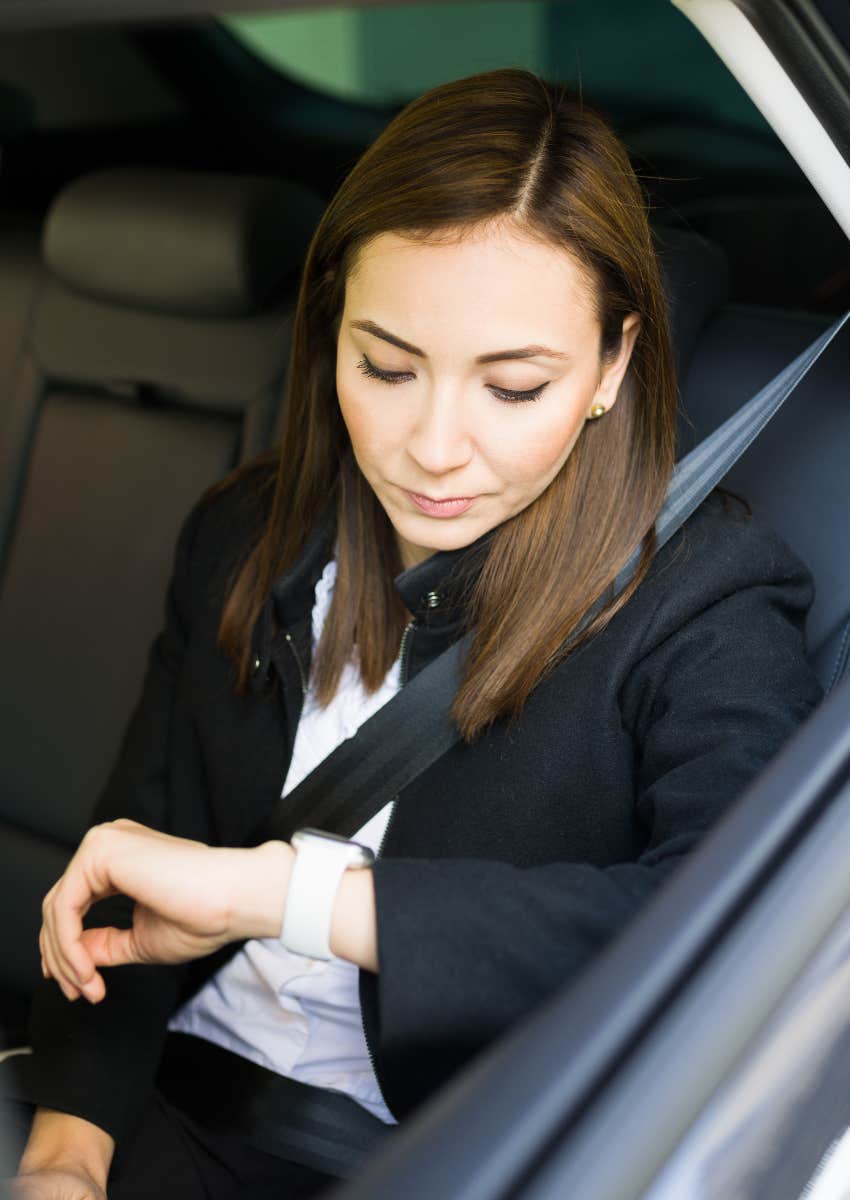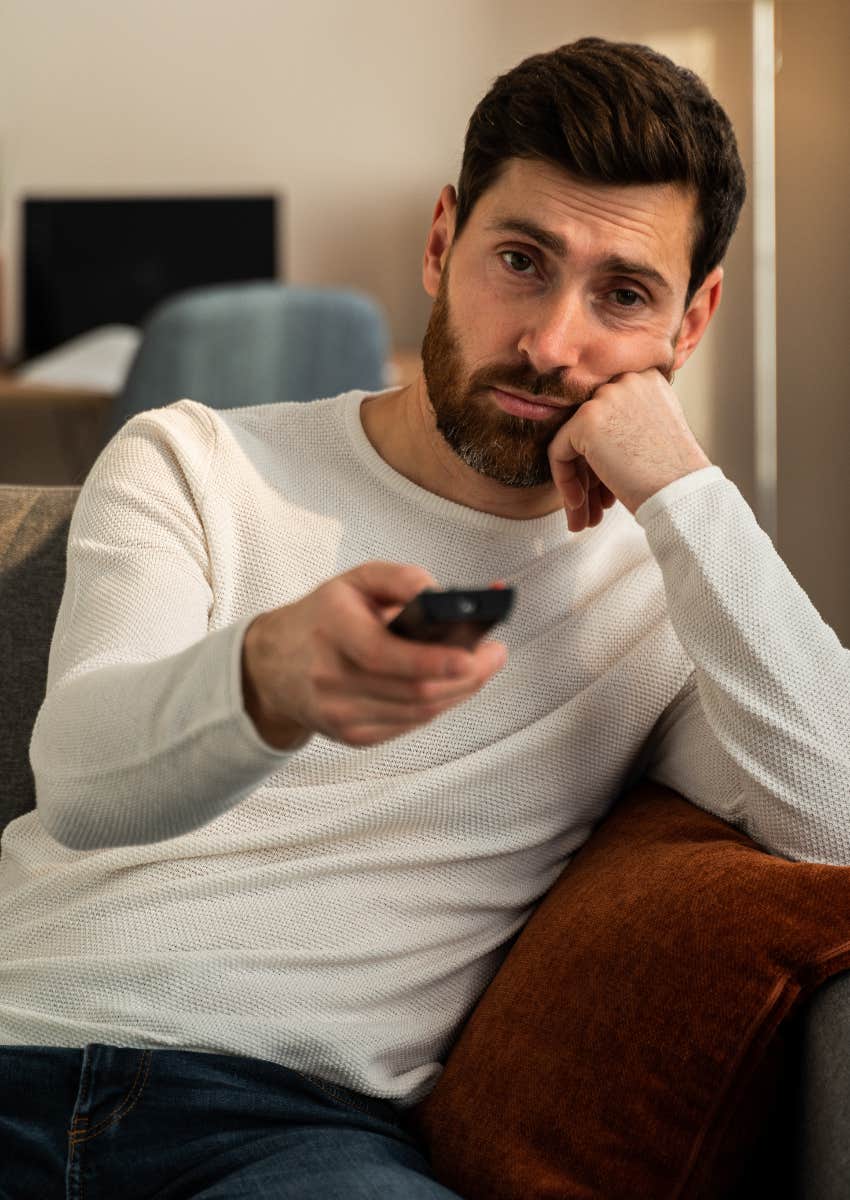4 Things That Were Supposed To Make Life More Convenient But Really Just Made Everything A Lot Worse
These things are actually kind of the worst.
 Andrea Piacquadio | Pexels
Andrea Piacquadio | Pexels In the endless pursuit of convenience, we constantly search for new solutions that promise to save time and effort in our daily lives. However, these "solutions" aren't always what we expect them to be. Some end up being far more time-consuming and expensive than what they're worth.
When was the last time you went through a self-checkout that resulted in an error message requiring you to wait for help from a human? Chances are, it was pretty recently. You probably left the store thinking it would have been quicker if you just waited in the normal register line, right? Convenience isn't always convenient, and sometimes it takes trying out new tech to realize that just because something is new doesn't mean it works better.
1. Ride-shares
 antoniodiaz | Shutterstock
antoniodiaz | Shutterstock
Ride-share services like Uber and Lyft revolutionized the transportation industry when they initially appeared in major cities in the late 2000s. They caused a major decline in car ownership, use of public transportation, and put a serious dent in the traditional taxi industry.
When these companies were first introduced, it was an affordable and efficient transportation alternative. Fast forward more than 10 years, and ride-shares don't quite live up to the hype anymore. Customers deal with long wait times and surge pricing that can get ridiculously expensive, and drivers are seriously underpaid and overworked.
A recent survey found that ride-sharing can also be pretty dangerous for both drivers and riders. The University of Illinois Chicago found that one-third of ride-share drivers have crashed while on the job. There are some key factors that greatly increase the likelihood of an accident, including cellphone use, unfamiliar roads, and passenger behavior.
2. Short-term rentals
Short-term rental platforms like Airbnb and Vrbo were also game changers for the travel industry. The low rates attracted a large client base, and these companies grew quickly. Instead of booking a tiny hotel room for a few hundred bucks a night, why not rent a whole house for around the same price?
However, it's no longer that simple. Rental platforms are facing high demand, and rising inflation forces prices up. Add to that a huge uptick in homeowners using the apps as a side hustle, with no real understanding of the hospitality industry. You have hosts installing hidden cameras throughout their residences, locking up necessary amenities like refrigerators, charging extra for basics like pool use, and even invading tenant privacy by entering the homes without warning.
Add to that service fees, cleaning fees, and booking fees, and it gets annoyingly expensive, making it pretty unreasonable compared to other lodging options. A nice hotel likely costs the same, if not less, and they provide fresh laundry and room service.
Research suggests short-term rentals also play a role in the housing crisis around the world as wealthy homeowners and corporations buy properties with the sole purpose of renting them out.
3. Streaming platforms
 Sklo Studio | Shutterstock
Sklo Studio | Shutterstock
Many consumers made the switch from cable to streaming services, thinking they were cutting the cord and being frugal. Think about it: pricey cable bill compared to a streaming subscription for less than $10 a month? It's a no-brainer. However, when more and more streaming services came on the scene, it became harder and harder to have access to exactly what you want to watch without spending an arm and a leg.
Now, you have to have five different subscriptions to watch the most popular shows, and they all still come with ads. We basically have cable again, only without the convenience of everything in one place! Everything has become about monetization while sacrificing the user experience. Even those involved in media and production are aware of the downfalls of subscription services. Stephen Schiff, a writer and executive producer, told Variety, "They’re all bad. They’re all so terrible. I don’t want to say because I work for all of them. But they’re all bad."
4. Food delivery apps
Food delivery services were a great idea in theory. Pizza places had seen major success for years offering delivery to customers' houses, so why not start a service that delivers any type of food, any time you want? That's exactly why Uber Eats, DoorDash, and Grubhub gained massive popularity so fast.
It's become hit or miss whether your order will be assigned to a driver that provides great service, or one that just steals your food or takes so long that your fries get cold. On top of bad service, the food can cost triple what it would at the restaurant. Between service fees, menu up-charges, and a tip for the driver, a $10 fast food meal can quickly reach $30 or more at checkout.
Kayla Asbach is a writer currently working on her bachelor's degree at the University of Central Florida. She covers relationships, psychology, self-help, pop culture, and human interest topics.

